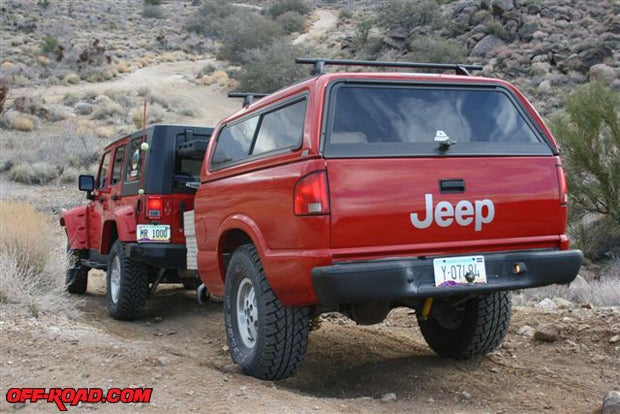
My budget trailer’s “maiden voyage” was a total success! I just towed it across 120 miles of Mojave Desert, slept in it two nights, hauled all our gear in it—the only reason I didn’t take the inflatable kitchen sink was because I couldn’t find it—and had no problems whatsoever. This was with a group that included 19 vehicles, five of which were pulling trailers. One specifically designed, very expensive off-road trailer turned turtle with its wheels up; another tipped over on its side, and a third dug up the trail with its tongue when its receiver’s locking pin disappeared. My budget build flowed along behind my Rubicon like they’d been mated at birth!
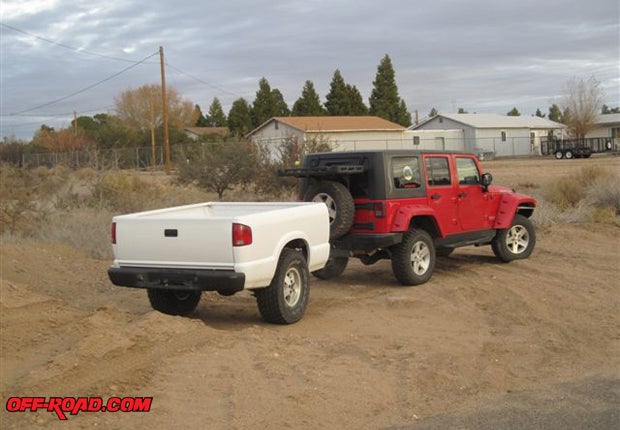
Forecasting a budget of $3,000—see the sidebar for an itemization—I had planned to build a camper that could not only haul all the gear two people and two dogs seem to need after nearly five decades of Jeep camping, and a camper that would provide dust-free, dry, comfortable sleeping while on the trail.
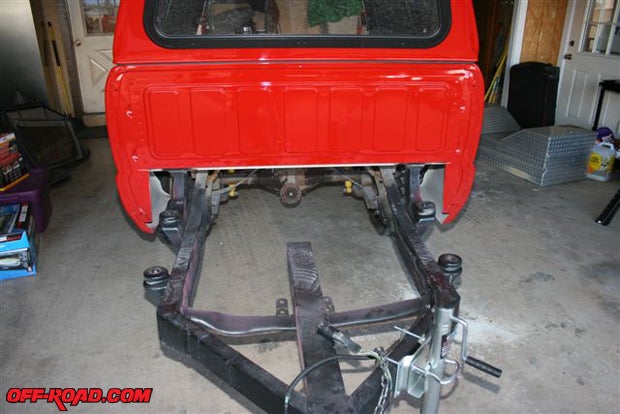
I must admit that I had a lot of help with my designing and with the finished product; take a peek at the source list at the end of this article for a guide to folks that can also help you build your own budget camping trailer.
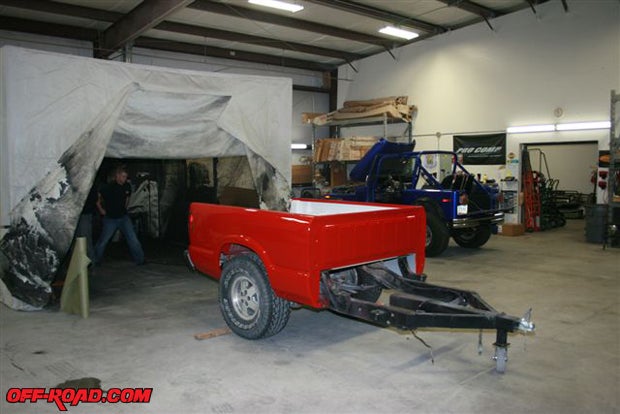
I like towing a trailer on the trail. Like higher speeds, it can add driving challenges to a well-known, low-rated, non-technical trail; plus, it can allow you to take more tools, more spare parts, more equipment, more camping gear, and better food along for the ride. In fact, I like towing a trail trailer so much—I’ve towed an off-road tent trailer over the Rubicon Trail three times—I once told an editor that I thought I was a mule skinner in a former life. After chuckling a bit, he responded with: “Perhaps you were the mule?”
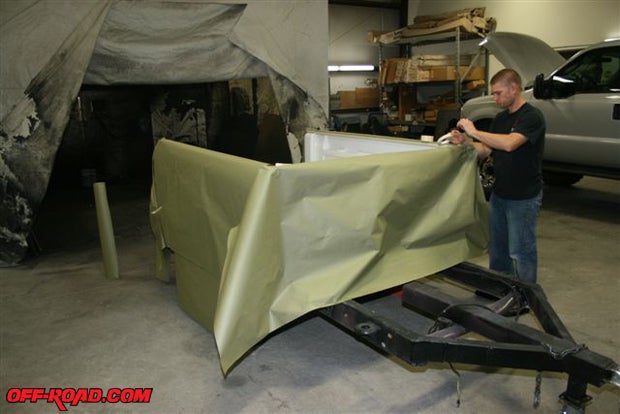
Well, I might have been a jackass more than a few times in my life, but not when it came to designing and building my Jeep trailer. Starting with a blank slate—or in this case, an empty cargo trailer built from a recycled 1997 Chevy S10 bed, frame and rear end—I added larger tires and wheels (using Adaptit USA lug pattern adapters to change the S10’s lug pattern to that of a Jeep) that I had on hand, painted the trailer to match my 2007 Jeep Rubicon Unlimited, sealed the bed with Rhino Lining, and added an A.R.E. cap that also matched the Jeep in color.
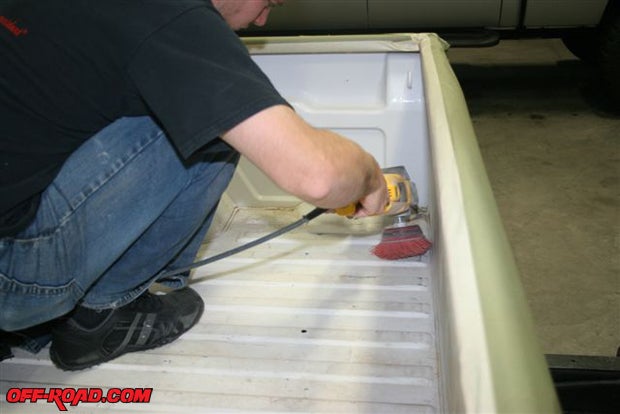
Already on the trailer when I bought it was a locking aluminum toolbox, called a tailgate fifth-wheel toolbox, which turned out to be the perfect place to carry my tools, Firestone air pump kit, jumper cables, ammo box with all my winching gear, extra bungee cords and tie-down straps, hot water shower kit, and what I think is the absolutely best Jeep gun ever!
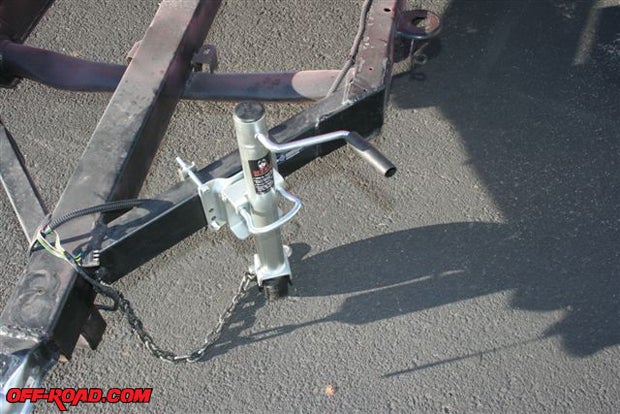
In my opinion, the Henry Repeating Arms’ AR7 .22-caliber rifle should be in every four wheeler that travels the trails alone. The AR7 was designed by Eugene Stoner in 1959 as a survival rifle for USAF air crews. It’s semiautomatic and breaks down into four main parts; the barrel, action, two eight-round magazines, and the stock. All the metal parts are stowed in the water-resistant hollow stock, which also floats if you should drop it in a river or lake. The AR7 fits beautifully in the small “trunk” of a Jeep JK or behind the backseat in a CJ7, with shot shells it’s a perfect snake gun, or it can secure dinner if you become stuck.
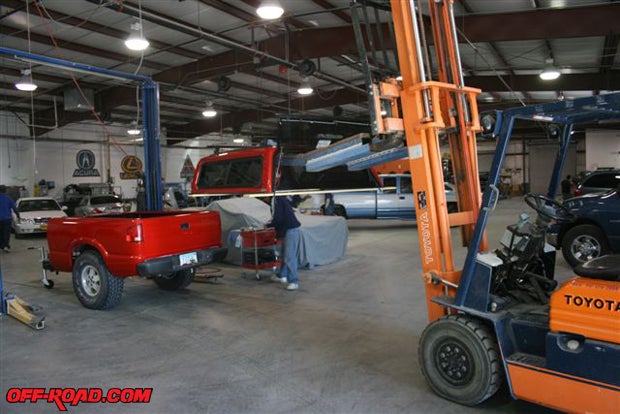
Back in the days when Dick Cepek had a number of camping and tire stores throughout the West, he sold the AR7 and I always wanted one for my Jeep. For years I was under the impression that the AR7 was no longer being produced, but last year I discovered that Henry Repeating Arms is now building and selling the AR7. Mine—equipped with an excellent OEM peep sight, albeit with a somewhat stiff trigger – is an absolute tack driver.
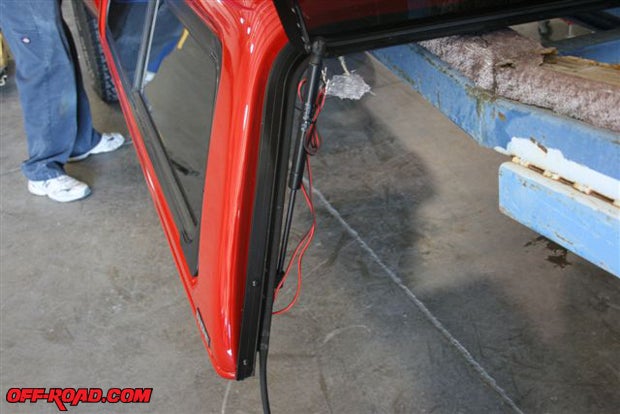
I have a few things I want to mention: 1) If you’re using a the bed of a damaged pickup—as I did—you’ll want to make sure it’s completely inspected, approved, and registered with your state’s Motor Vehicle Department. Otherwise, the MVD might require additional funds for bonds and take a longer time inspecting its history to make sure it isn’t a stolen vehicle. 2) Match the lug pattern to that of your towing vehicle. It can save you on the trail with an extra spare tire. You can do this either with lug pattern adapters (as I did) or with different axle hubs. 3) If you can afford it, you might opt for either surge or electrical brakes on the trailer. With electric brakes, you can actually use only the trailer brakes if necessary. For instance, while driving down a steep muddy or slippery hill the trailer might begin to slide past the Jeep, simply hit the trailer brakes (or hold them on slightly) and the combination will straighten out.
BudgetTrailer $450.00
A.R.E. cap $1,800.00
Adaptit Adapters $99.50
Paint $400.00
Rhino Lining $375.00
Tongue Wheel $65.00
Bridgestone Dueler A/T Tires 0.00
Total $3,189.50
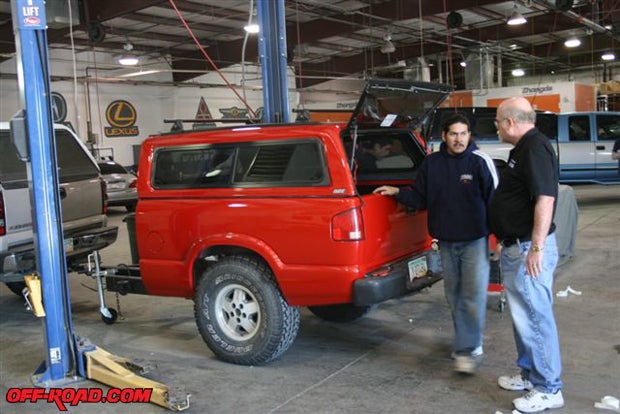
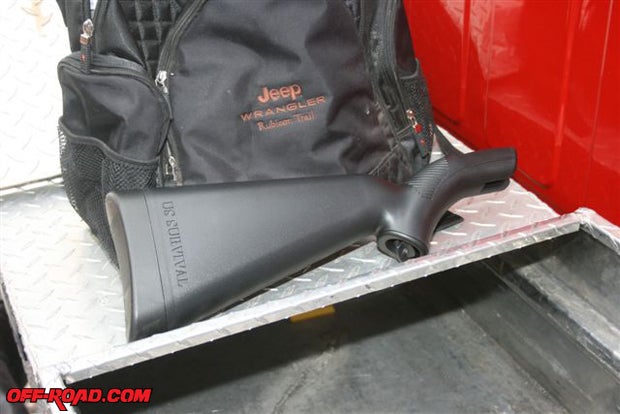
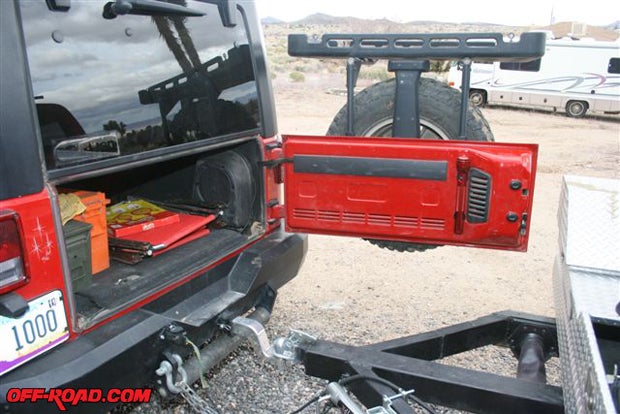
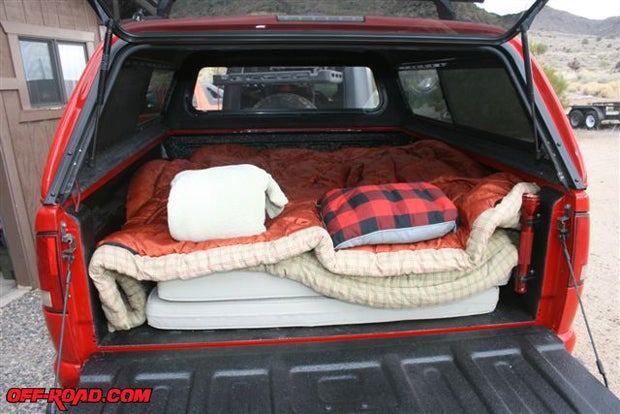
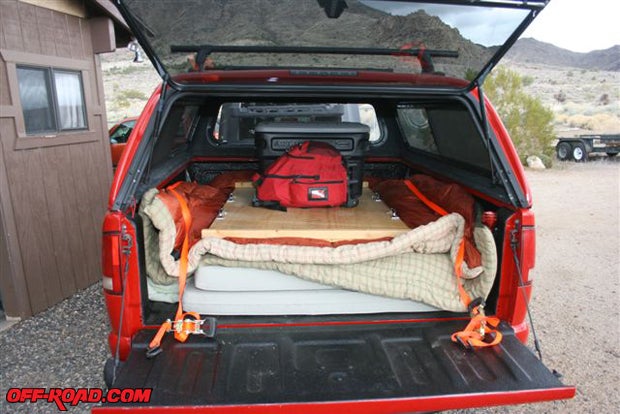
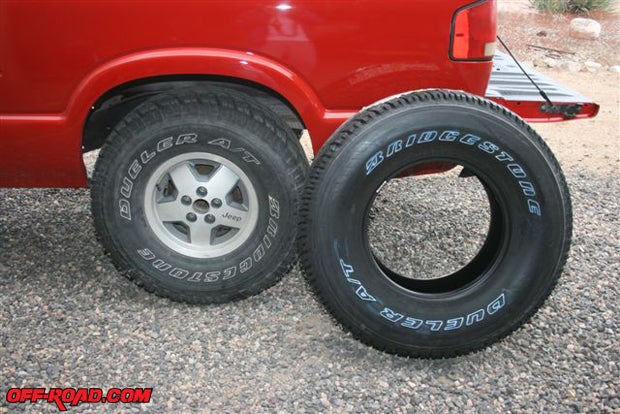
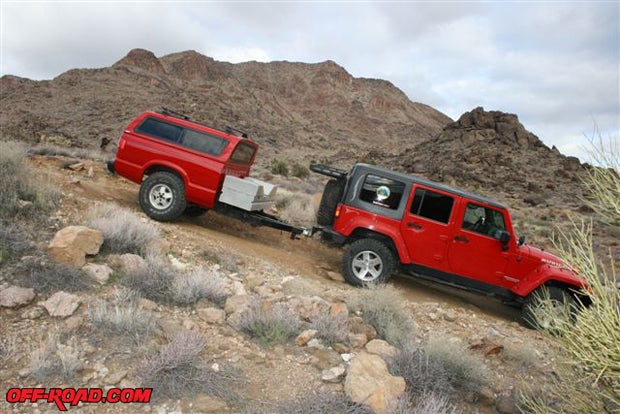
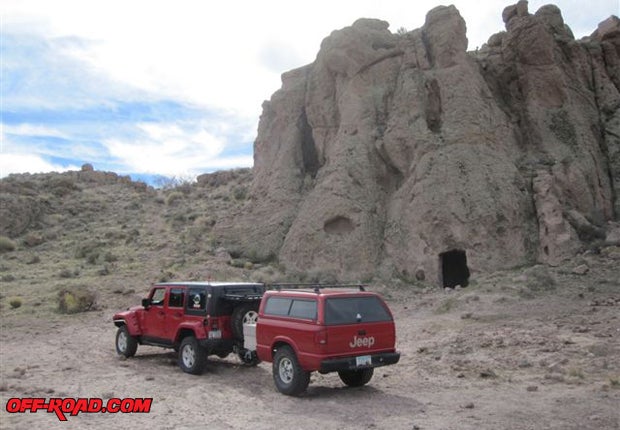
Sources:
A-Dapt-It USA
www.adaptitusa.com
A.R.E. Truck Caps
www.4are.com
Bridgestone Tires
www.bridgestonetire.com
Chaos Signs, Kingman, Arizona
Chris’ Auto Body, Kingman, Arizona
Gordy’s Auto Body, Bullhead City, Arizona
Henry Repeating Arms
www.henryrepeating.com
Rhino Linings
www.rhinolinings.com
Sun Valley Bumper, Kingman, Arizona


 Your Privacy Choices
Your Privacy Choices